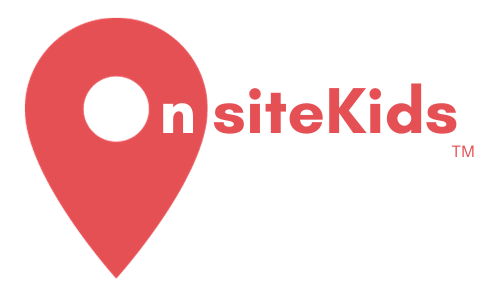Missing Piece of the Onsite Benefits Package
The evolution of workplace benefits has led to a remarkable trend: bringing services directly to where employees are. Companies like Premise Health, Onsite Dental, and 20/20 Onsite have pioneered this approach, fundamentally changing how employees access health services. Similarly, at OnsiteKids, we are embracing this model for child care, addressing the unique needs of families in the workforce. This blog explores the common thread of supporting families through onsite services and delves into the critical differences in funding these benefits.
Common Ground: Supporting Families Where They Are
The driving force behind both onsite health services and child care is a commitment to supporting families. Whether it’s providing dental care, eye exams, or early childhood education, the goal is to make these essential services as accessible as possible for working families. By bringing these services to the workplace, we minimize disruption in employees' lives, thereby enhancing their work-life balance and overall satisfaction.
The Divergence: Funding Models
While the intention behind these services is similar, the funding models present a stark contrast. Health-related services often have the backing of health insurance, making them financially viable for both employers and employees. This model greatly facilitates the integration of such services into the workplace.
In contrast, child care services like those offered by OnsiteKids currently lack a parallel funding mechanism. The absence of an insurance-like model for child care means that the cost implications are more direct and often higher for employers and employees. This difference presents both a challenge and an opportunity for innovation in how we fund and prioritize child care in the workplace.
Innovative Funding for Onsite Child Care
Addressing the funding gap in child care requires innovative thinking. Potential solutions could include employer-sponsored programs, subsidies, or even governmental support, recognizing the societal value of accessible child care. Such initiatives would not only make onsite child care more feasible but also underscore its importance as a critical component of employee well-being.
The Business and Social Case for Onsite Child Care
Despite the funding challenges, the investment in onsite child care offers significant returns. For employers, it’s a powerful tool in attracting and retaining a diverse and talented workforce. For employees, it provides peace of mind and supports a healthier work-life balance. Socially, it contributes to early childhood development and supports the broader community by enabling parents to participate more fully in the workforce.
Conclusion: A United Front for Family Support
The journey to integrating onsite child care alongside health services in the workplace landscape is complex but crucial. What these services share is a foundational goal: to support families effectively and compassionately. The path forward for onsite child care will involve bridging the funding gap, a challenge that invites creativity and collaboration from employers, policymakers, and communities. Together, we can create a holistic and inclusive approach to employee benefits, one that truly addresses the needs of today's working families.
